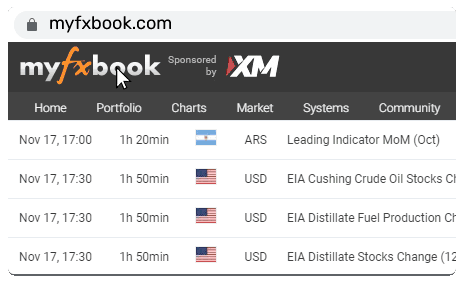Testing the Upper Boundary of the Recent Narrow Range by USD

The US dollar made a comeback overnight, climbing toward the upper range of the recent tight bracket between 102.00 and 103.00. I observed that Asian currencies continued to weaken in response to the election results in Taiwan over the weekend. Specifically, USD/TWD saw a further increase of +0.6%, reaching 31.500, and a similar trend was observed in USD/KRW, which rose by approximately +0.9%. Interestingly, there doesn't seem to be any new catalyst for the US dollar rebound following yesterday's US holiday.
Surprisingly, the PBoC decided to maintain its one-year medium-term lending facility rate at 2.50% at the beginning of this week, contrary to market expectations for a 10bps cut. Instead, the PBoC injected a net CNY216 billion of cash into the banking system through its one-year MLF, following injections of CNY800 billion in December and CNY600 billion in November. I still anticipate further rate cuts from the PBoC this year to support growth, especially if they aim for a growth target of around 5% for 2024. Considering these circumstances, I expect concerns about the health of China's economy to continue affecting the performance of Asian currencies at the beginning of this year.
Shifting focus to G10 currencies, the Australian and New Zealand dollars, considered commodity currencies, have performed poorly amid more risk-averse trading conditions. Additionally, the pound experienced a sell-off at the start of the European trading session after the release of the latest UK labour market report. This contributed to cable sliding back towards 1.2650. The report provided further evidence that wage growth in the UK is slowing from previously elevated levels. On a 3M/YoY basis, average weekly earnings decelerated to 6.5% in November, down from 7.2% in the prior month and further below the peak of 7.9% in August. There has been a noticeable slowdown in wage growth over the last six months, with AWE regular pay dropping sharply to an annualized rate of 3.8% in the six months to the end of November, down from a peak of 8.7% in the six months to the end of June. A similar trend is evident in the PAYE median pay measure, which has slowed to an annualized rate of 2.5% in the six months to the end of December, compared to the peak of 10.9% in the six months to the end of June. These developments should offer further reassurance to the BoE that the risk of more persistent inflation in the UK is diminishing. Consequently, it is likely to prompt the UK rate market to factor in earlier and deeper BoE rate cuts in the coming year, putting downward pressure on the pound.
EUR: ECB Officials Reinforce Their Relatively Hawkish Policy Guidance.
Yesterday, the recent reduction in speculation about the European Central Bank (ECB) cutting rates persisted, driven further by optimistic remarks from ECB officials. Governing Council member Robert Holzmann made the most bullish comments, stating that there should be no expectations for a rate cut in 2024. These remarks were made considering the potential escalation of tensions in the Middle East, which could pose inflationary risks in the coming year. Notably, freight rates have already risen at the beginning of this year due to disruptions in shipping through the Red Sea.
On a positive note, reports indicate that the benchmark Dutch front-month natural gas contract fell below EUR30/mega-hour for the first time since the summer. This suggests that concerns about another energy-supply shock for the euro-zone economy have not materialized. Over the past month, the benchmark Dutch front-month natural gas price has been, on average, around 60% lower than the same period a year ago. This easing of the energy price shock has played a crucial role in the euro's recovery from its lows before last winter.
In the short term, the euro is also benefiting from growing speculation that the ECB will lag the Federal Reserve in cutting rates this year. Comments from Bundesbank President Nagel and Chief Economist Lane over the weekend indicated that the ECB is unlikely to start cutting rates until late in Q2 at the earliest. Nagel suggested that it might be prudent to wait until the summer break, avoiding speculation, as it is too early to discuss cuts. Chief Economist Lane expressed caution, emphasizing the potential for a premature recalibration that could be counterproductive. He wants to ensure that inflation slows enough before considering rate cuts, with important data expected in the June policy meeting, including wage growth and national accounts for Q1. Lane remains concerned about the strength of wage growth, increasing the risk of persistent inflation in the service sector.
With the US rate market expressing confidence in the possibility of the Fed starting rate cuts by the end of this quarter, the ECB's relatively hawkish policy stance is causing short-term yield spreads to favour a higher EUR/USD rate. My short-term valuation model estimate has recently surpassed the 1.0700-level.
This content may have been written by a third party. ACY makes no representation or warranty and assumes no liability as to the accuracy or completeness of the information provided, nor any loss arising from any investment based on a recommendation, forecast or other information supplied by any third-party. This content is information only, and does not constitute financial, investment or other advice on which you can rely.



















